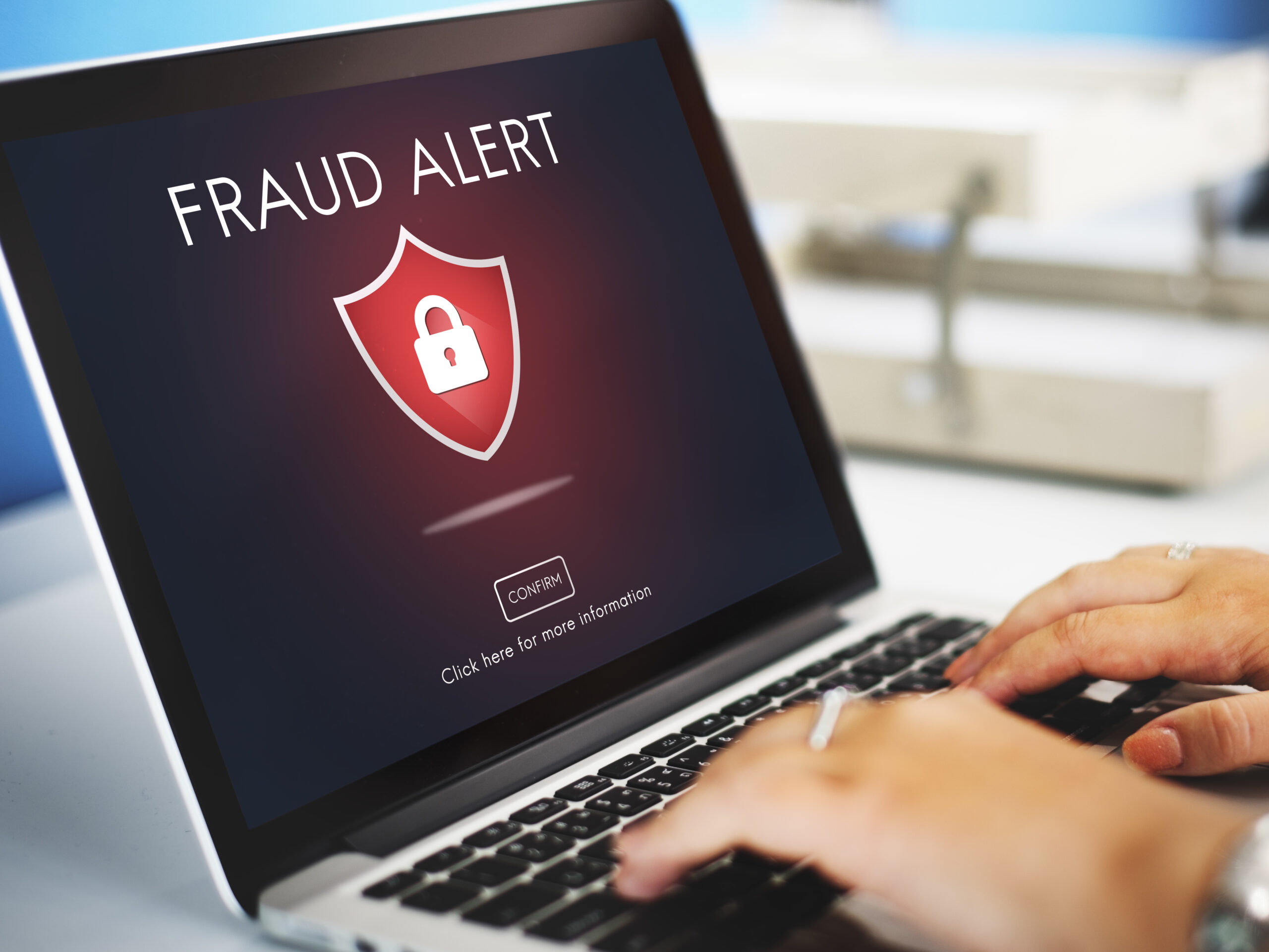The ever-evolving cybersecurity threat landscape poses significant challenges to businesses across industries. As technology continues to advance at a rapid pace, cybercriminals are constantly developing new tactics and techniques to exploit vulnerabilities and gain unauthorized access to sensitive data and systems. It is now more important than ever for organizations to stay informed about these emerging threats and implement comprehensive strategies to combat them effectively.
By understanding the current trends in the cybersecurity threat landscape, businesses can better anticipate potential risks, assess the effectiveness of their existing security measures, and take proactive steps to strengthen their overall cyber defenses. This heightened knowledge of emerging cyber threats can enable organizations to not only protect their valuable assets but also maintain consumer trust and confidence in an increasingly interconnected digital world.
In this blog post, we will explore some of the most pressing trends and developments in the cybersecurity threat landscape. We will discuss the implications of ransomware, supply chain attacks, IoT vulnerabilities, and other pertinent security issues for businesses today. Furthermore, we will provide actionable recommendations for improving your organization’s security posture in the face of these growing threats. By gaining a comprehensive understanding of the cybersecurity threat landscape, your organization can take the necessary steps to protect its valuable data and assets in an era of increasingly sophisticated cyberattacks.
Cybersecurity Threat Landscape: Preparing Your Business for Emerging Cyber Threats
Understanding the Growing Ransomware Menace
Ransomware attacks have seen a meteoric rise in recent years, making them a significant concern for businesses worldwide. In a typical ransomware attack, cybercriminals gain unauthorized access to an organization’s systems, encrypt sensitive data, and demand a ransom payment in exchange for the decryption key. These attacks can cause severe financial damage, operational disruptions, and reputational harm to businesses.
To defend against ransomware attacks, organizations should implement robust data backup procedures, conduct regular vulnerability assessments and penetration testing, and continuously educate employees on how to detect and respond to ransom attempts. Investing in proactive defense mechanisms, such as next-generation antivirus solutions and advanced threat protection platforms, can further enhance your organization’s resilience against ransomware threats.
Assessing the Impact of Supply Chain Attacks
Supply chain attacks, which target software and hardware vendors or other third-party service providers, aim to compromise a larger organization’s systems without directly attacking the target company. Cybercriminals exploit weak security practices in the supply chain to infiltrate the target network, often causing widespread damage and disruptions.
To mitigate the risk of supply chain attacks, businesses must carefully assess the security practices of their vendors and partners, laying emphasis on strong contract language regarding data security and breach notification protocols. Implementing a multi-layered security strategy, along with robust access controls and continuous monitoring of network and vendor activities, can significantly lower the risk of supply chain attacks.
Addressing IoT Vulnerabilities
As the number of Internet of Things (IoT) devices continues to grow exponentially, so does the potential for cyber threats targeting these interconnected systems. IoT device vulnerabilities can stem from weak authentication mechanisms, outdated software, and poor encryption standards, allowing cybercriminals to compromise these devices and gain access to sensitive data or control over critical infrastructure.
To tackle IoT-related security risks, businesses must stay informed about the latest threats targeting IoT devices and implement robust security policies for these devices within their networks. This includes employing secure credential management, regularly updating device firmware, and using strong encryption methods for data transmission. Additionally, network segmentation can isolate IoT devices from critical systems, ensuring a breach in one area doesn’t impact the entire organization.
Emphasizing the Need for Employee Awareness
Even the most advanced security systems and technologies can be thwarted by human error. A significant portion of cybersecurity incidents is attributed to employee negligence, whether due to poor password hygiene, falling victim to phishing attacks, or failing to adhere to the organization’s security policies. As such, elevating employee awareness and fostering a security-conscious culture are crucial aspects of a comprehensive cybersecurity strategy.
To enhance employee awareness, businesses should implement regular security training sessions and ongoing refreshers, covering a range of topics like phishing detection, social engineering tactics, and mobile device security. Gamification and testing of security knowledge, such as with simulated phishing campaigns, can improve employee engagement and help identify areas for improvement.
Strengthening Your Cybersecurity Posture in the Face of Emerging Threats
As the cybersecurity threat landscape continues to evolve, it is imperative for organizations to take a proactive stance in securing their digital assets and infrastructure. The following steps can serve as essential pillars for bolstering your cybersecurity posture:
1. Implement a Risk-Based Approach: Prioritize your organization’s cybersecurity efforts based on risk assessments, focusing on critical systems and valuable data assets.
2. Stay Informed and Adaptive: Regularly monitor the evolving threat landscape and adjust your security strategies accordingly to address emerging threats and vulnerabilities.
3. Collaborate and Share Threat Intelligence: Participate in industry information sharing groups to exchange knowledge of the latest threats, vulnerabilities, and mitigation techniques.
4. Develop an Incident Response Plan: Establish a well-defined incident response plan to contain and remediate threats and minimize the impact of security incidents.
Conclusion
By understanding the current trends in the cybersecurity threat landscape and adopting proactive measures to address these emerging threats, your organization can bolster its cyber defenses and maintain a strong security posture. Leveraging a comprehensive security strategy, supported by employee awareness and cutting-edge technologies, will help protect your organization’s valuable data, critical infrastructure, and overall reputation.
Count on our expertise to help safeguard your business against the constantly evolving world of cyber threats. Our team of experienced cybersecurity professionals can provide tailored cybersecurity services to meet your organization’s unique security needs. Reach out to us today and discover how we can help fortify your organization’s defenses against the myriad of emerging cyber threats.

